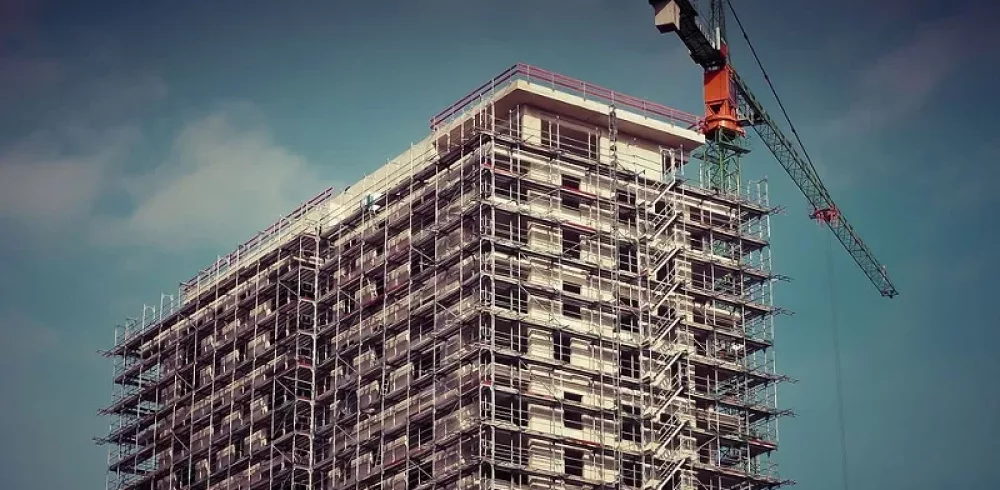BIM : The construction industry has suffered until recently from a technology bypass, looking instead to rely on centuries-old processes in order to manage business projects that are becoming increasingly more complex and demanding while also requiring a faster execution time.
Building Information Modelling is changing this old-fashioned process by industrialising construction and creating off-site assembly lines for manufacturing modules which can then simply be assembled by a leaner on-site team. The development of BIM goes further than the simple planning and design section of a project and stretches throughout the building life cycle. This technology helps to support processes such as cost management, construction management, project management and facility operation.
Those who participate in the building process are being constantly pressured to deliver successful projects while having to cope with tighter budgets, limited manpower and accelerated schedules. Therefore, the use of a manufacturing process that delivers all of the components for a building off site, quickly and for lower costs and risks of delay is a great new way to adapt and overcome the challenges in the industry.
BIM can be used to bridge the information loss that can be associated with handling a project from a design team, to construction tool and then on to the building owner/operator, by allowing each group to add to the combined information as well as reference back to the information that has been sourced from other locations. This is beneficial later on for a facility owner and operator.
The business enterprise systems that are being driven by the development of BIM and an engineering ethos that has led to the development of high quality, large scale modular solutions designed in a virtual environment before being manufactured in a factory ad assembled on location can be revolutionary for the construction industry and offer a new market of manufacturing.
Manufacturing & Engineering Magazine | The Home of Manufacturing Industry News















